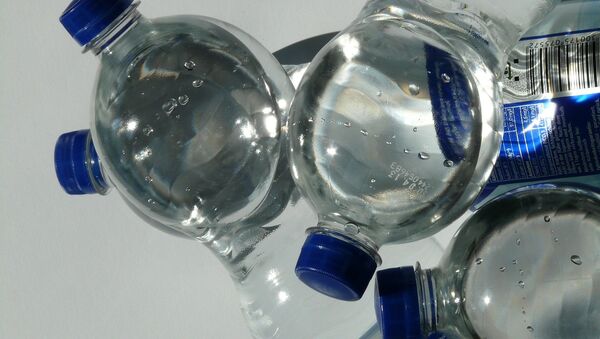Trash islands are formed by ocean gyres, which are circulating ocean currents that gradually pull matter to their center. The South Pacific Gyres has slowly sucked in human-made garbage dumped in the water by Pacific-facing countries, forming the massive island of garbage.
The island was discovered by a team led by oceanographer Charles Moore with the Algalita Marine Research and Education in Long Beach, California. "We discovered tremendous quantities of plastic," Moore, who was the first to discover the North Pacific garbage patch in the 1990s, told ResearchGate. "My initial impression is that our samples compared to what we were seeing in the North Pacific in 2007, so it's about ten years behind."
"We found a few larger items, occasionally a buoy and some fishing gear, but most of it was broken into bits," Moore added. "We haven't yet done lab analysis, but based on my visual impression, an enormous area of the South Pacific has millions of plastic particles per square kilometer."
Moore was the discoverer of the North Pacific garbage patch, which is estimated to be between 270,000 square miles (roughly the size of Texas) to 5,800,000 square miles (twice the size of Argentina) in 1999.
"There's a sense of urgency to get information out about this area because it's being destroyed at an enormously accelerated rate, said Moore. "For much of the unexplored ocean, we will never have pre-plastic baseline data." He estimates the trash island to be between 400,000 and 965,000 square miles (roughly the size of Zimbabwe and Egypt, respectively) in size.
Both Pacific patches appear to primarily consist of tiny, sometimes microscopic pieces of plastic. They post a major challenge to marine life, according to the Ellen MacArthur Foundation, a British environmental charity.
In January, the Foundation put out a report on behalf of the United Nations that claimed that at the current rate of dumping ("the "equivalent to dumping the contents of one garbage truck into the ocean every minute,") trash will outweigh fish in the world's oceans by 2050. Marine life can also mistakenly consume these plastic pieces, which are toxic to most forms of aquatic life.
Furthermore, due to their extremely small size, these plastic grains are virtually impossible to effectively clean up. Marcus Eriksen, a marine pollution researcher who discovered the South Pacific patch in 2011, says that the only way to prevent the islands from growing any further is to stop introducing the plastic into the oceans.
"Gone are the silly notions that you can put nets in the ocean and solve the problem," Eriksen told ResearchGate. "This cloud of microplastics extends both vertically and horizontally. It's more like smog than a patch. We're making tremendous progress to clean up smog over our cities by stopping the source. We have to do the same for our seas."




